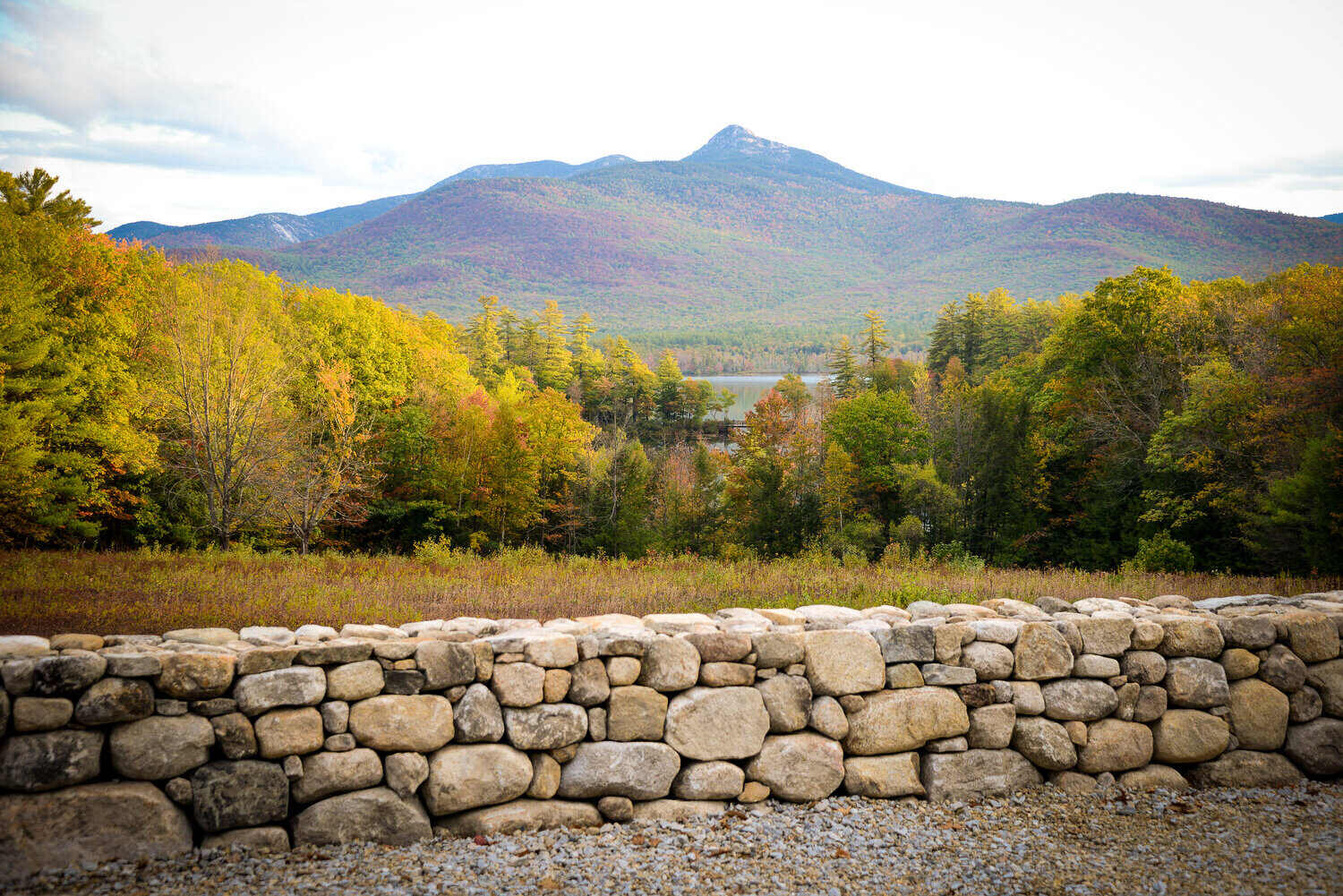Secrets Of Stone Wall Building In New Hampshire’s White Mountains

Have you ever wondered about the secrets of stone wall building in New Hampshire's White Mountains? These ancient structures, scattered across the landscape, tell stories of the past. Farmers and settlers crafted these walls from local stones, creating boundaries and marking their land. Each wall has its own unique character, shaped by the hands that built it. The techniques used have been passed down through generations, preserving a piece of history. Whether you're hiking through the mountains or driving along scenic roads, these stone walls offer a glimpse into the region's heritage. Let's uncover the fascinating world of stone wall building in this beautiful part of New England.
Secrets of Stone Wall Building in New Hampshire's White Mountains
New Hampshire's White Mountains are famous for their stunning landscapes and historic stone walls. These walls, built by early settlers, tell stories of hard work, craftsmanship, and the region's history. Let's explore some secrets behind these fascinating structures.
The Art of Stone Selection
Choosing the right stones is crucial for building a sturdy wall. Early settlers had to be resourceful, using what nature provided.
Granite Boulders
Granite, abundant in the White Mountains, was a popular choice. Its durability and availability made it ideal for wall construction.Fieldstones
Farmers often used stones cleared from their fields. These varied in size and shape, adding character to the walls.Flat Stones
Flat stones were perfect for creating stable, level layers. They helped ensure the wall's strength and longevity.
Techniques for Building Strong Walls
Building a stone wall isn't just about stacking rocks. It requires skill and knowledge of various techniques.
Dry Stone Walling
This method involves stacking stones without mortar. The weight and shape of the stones keep the wall intact.Double Wall Construction
Builders often created two parallel walls and filled the gap with smaller stones. This added stability and strength.Coping Stones
The top layer of stones, known as coping stones, protected the wall from weather damage. They also added a finished look.
The Purpose Behind the Walls
Stone walls served many purposes beyond just marking property lines.
Livestock Enclosures
Farmers built walls to keep livestock contained. These walls needed to be sturdy to withstand the animals' weight and movements.Boundary Markers
Stone walls often marked property boundaries. They were a clear, long-lasting way to define land ownership.Agricultural Use
Walls helped clear fields of stones, making plowing and planting easier. They also protected crops from wind and erosion.
The Legacy of Stone Walls
Today, these stone walls are more than just historical artifacts. They are a testament to the ingenuity and hard work of early settlers.
Cultural Heritage
Stone walls are a significant part of New Hampshire's cultural heritage. They connect us to the past and remind us of the region's history.Tourist Attractions
Many visitors come to the White Mountains to see these historic walls. They add to the area's charm and appeal.Conservation Efforts
Efforts are underway to preserve these walls. Conservation groups work to maintain and protect them for future generations.
The stone walls of New Hampshire's White Mountains are more than just piles of rocks. They are a testament to the region's history, culture, and the hard work of its early settlers. Each wall tells a story, waiting to be discovered.
Embracing the Craft of Stone Wall Building
Building stone walls in New Hampshire's White Mountains is more than just stacking rocks. It's a tradition passed down through generations, reflecting the area's history and culture. Each wall tells a story, from the selection of stones to the final placement. The craftsmanship involved requires patience, skill, and an eye for detail. Whether you're a local or a visitor, taking the time to understand this craft can deepen your appreciation for the landscape. Next time you hike through these mountains, take a moment to admire the stone walls. They are not just barriers but symbols of hard work and dedication. Embrace the opportunity to learn about this unique aspect of New Hampshire's heritage. It’s a rewarding experience that connects you to the past and enriches your journey through the White Mountains.

